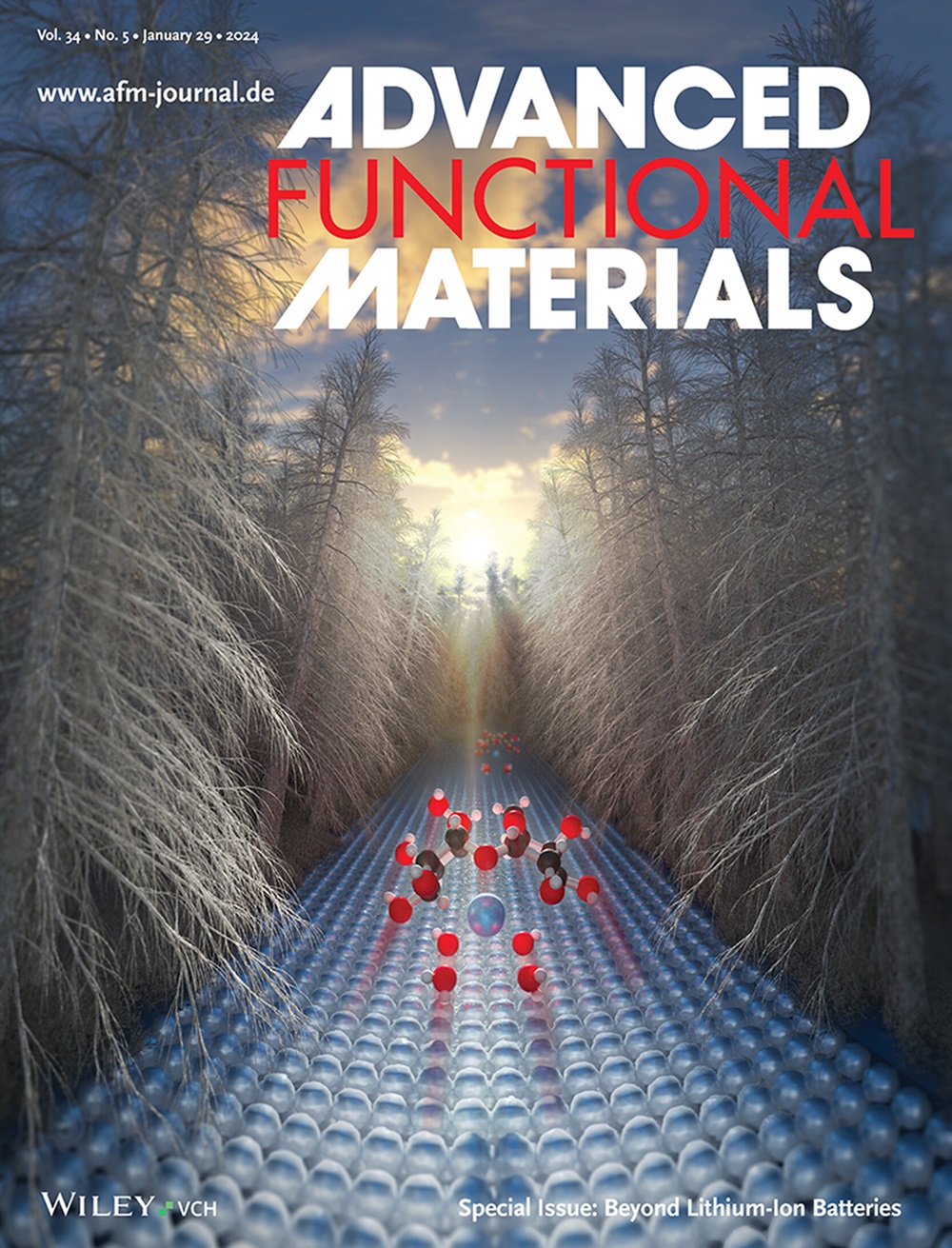Low-Thermal-Budget Construction of Carbon Nanotube p-FET on Silicon n-FET toward 3D CMOS FET Circuits with High Noise Margins and Ultra-Low Power Consumption
IF 18.5
1区 材料科学
Q1 CHEMISTRY, MULTIDISCIPLINARY
引用次数: 0
Abstract
3D integration presents a potential technical solution to break the fundamental transistor density limit of the ground rule scaling. Despite notable progress, the unavoidable high thermal budget in conventional silicon-transistor-based 3D integration results in high process complexity and degraded device performances. Herein, a heterogeneous 3D complementary metal-oxide-semiconductor field effect transistor (CMOS FET) technology, integrating carbon nanotube (CNT) transistors into Si back-end-of-line (BEOL) processes is presented. Experiments show that CNT transistors can be integrated using a low-thermal-budget (<150 °C) process, requesting little modification in the well-established Si processes. Comparative analysis also indicates that the low-thermal-budget integration results in little damage to the Si components. More importantly, Si-BEOL-compatible gate control enhancement and threshold voltage modulation techniques for CNT transistors are developed, resulting in noise margin improvement and power suppression in inverters. The experimental results further demonstrate that CMOS FET inverters feature high noise margins (NMH/NML = 0.404/0.353 × VDD) and ultra-low power consumption (390 pW, >100× lower than those in the Si counterparts). Moreover, numerical simulations predict that 14-nm-node CNT/FinFET 3D CMOS FET inverters outperform the conventional FinFET counterparts in noise margins and power efficiency. These findings demonstrate the possibility of 3D integration's complexity reduction by adopting <150 °C CNT-based processes.

低热预算在硅n场效应晶体管上构建碳纳米管p场效应晶体管,实现高噪声裕度和超低功耗的三维CMOS场效应晶体管电路
三维集成提供了一个潜在的技术解决方案,以打破基本的晶体管密度限制的基本规则缩放。尽管取得了显著的进展,但传统的基于硅晶体管的3D集成中不可避免的高热预算导致了高工艺复杂性和器件性能的下降。本文提出了一种非均质三维互补金属氧化物半导体场效应晶体管(CMOS FET)技术,将碳纳米管(CNT)晶体管集成到硅后端线(BEOL)工艺中。实验表明,碳纳米管晶体管可以使用低热预算(<150°C)工艺集成,只需对已建立的Si工艺进行少量修改。对比分析还表明,低热预算集成对硅构件的损伤较小。更重要的是,开发了碳纳米管晶体管的硅- beol兼容栅极控制增强和阈值电压调制技术,从而改善了逆变器的噪声裕度并抑制了功率。实验结果进一步表明,CMOS FET逆变器具有高噪声边际(NMH/NML = 0.404/0.353 × VDD)和超低功耗(390 pW,比Si逆变器低100倍)的特点。此外,数值模拟预测,14nm节点CNT/FinFET 3D CMOS FET逆变器在噪声边界和功率效率方面优于传统的FinFET逆变器。这些发现表明,通过采用<;150°C基于碳纳米管的工艺,可以降低3D集成的复杂性。
本文章由计算机程序翻译,如有差异,请以英文原文为准。
求助全文
约1分钟内获得全文
求助全文
来源期刊

Advanced Functional Materials
工程技术-材料科学:综合
CiteScore
29.50
自引率
4.20%
发文量
2086
审稿时长
2.1 months
期刊介绍:
Firmly established as a top-tier materials science journal, Advanced Functional Materials reports breakthrough research in all aspects of materials science, including nanotechnology, chemistry, physics, and biology every week.
Advanced Functional Materials is known for its rapid and fair peer review, quality content, and high impact, making it the first choice of the international materials science community.
 求助内容:
求助内容: 应助结果提醒方式:
应助结果提醒方式:


